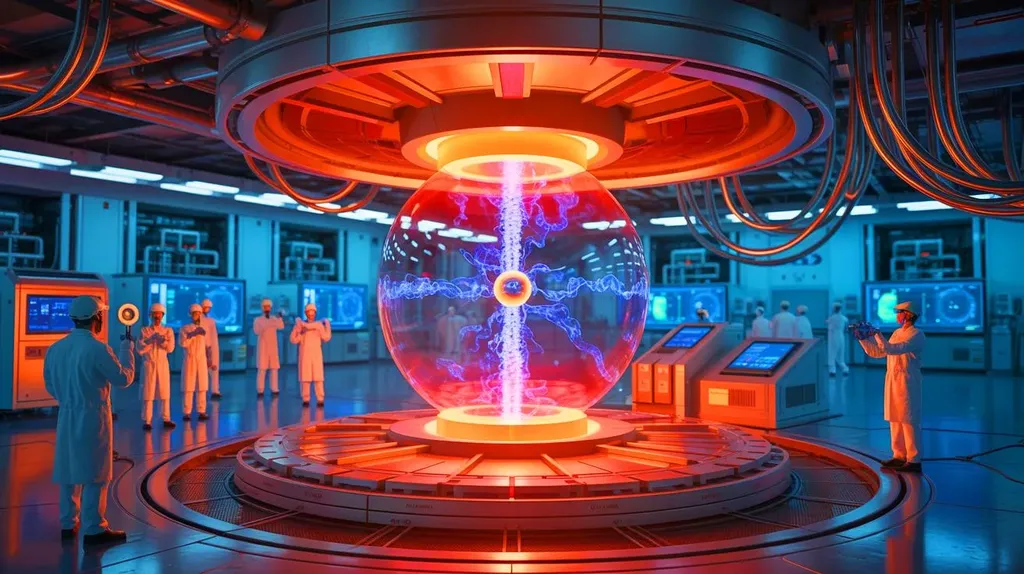In the world of nanofabrication, precision is paramount. Electron beam lithography (EBL) stands as a cornerstone technology, enabling the creation of intricate nanostructures crucial for advanced optics and electronics. However, when working with insulating substrates, the process hits a snag: charging effects. These effects, caused by the buildup of electric charge, can distort patterns and compromise the integrity of the final product. Enter Jiawei Wu, a researcher from Tongji University in Shanghai, who has been tackling this very issue.
Wu, affiliated with the Institute of Precision Optical Engineering and the MOE Key Laboratory of Advanced Micro-Structured Materials, has been investigating how to mitigate these charging effects. His recent study, published in the journal *Materials Research Express* (translated to English as “Materials Research Express”), delves into the strategic placement and material composition of conductive layers designed to dissipate charge during EBL on insulating substrates.
The problem of charge accumulation is not new, but the solutions have often been applied without a deep understanding of how different strategies affect the final product. Wu’s research aims to change that. “The position and material of the conductive layer have not been systematically studied before,” Wu explains. “We wanted to provide a comprehensive analysis to optimize the EBL process.”
Wu and his team conducted comparative experiments, testing single or dual conductive layers at various positions and using different materials—polymers or metals. The results were clear: placing the conductive layer beneath the resist (the light-sensitive material used in the lithography process) significantly improved charge dissipation compared to placing it above. Moreover, metal conductive layers deposited above the resist were found to introduce structural distortions, a finding that could steer future research and industrial practices away from this approach.
The implications of this research are substantial, particularly for industries relying on high-precision nanostructures. “Our findings offer significant practical guidance for the reliable fabrication of complex nano structures,” Wu notes. This is especially relevant for the energy sector, where advanced optics and electronics play a pivotal role in developing technologies like solar cells, sensors, and other energy-efficient devices.
The study’s insights could lead to more efficient and accurate manufacturing processes, reducing waste and improving the performance of end products. As the demand for nanotechnology continues to grow, particularly in the energy sector, the ability to fabricate complex nanostructures with high fidelity becomes increasingly important. Wu’s research provides a crucial step forward in this direction, offering a roadmap for optimizing EBL processes and ensuring the reliability of nanostructures.
In the broader context, this research highlights the importance of systematic investigation in nanofabrication. By understanding the nuances of conductive layer placement and material choice, researchers and industry professionals can make more informed decisions, ultimately driving innovation and efficiency in the field. As Wu’s work demonstrates, even small adjustments can have a significant impact on the final product, paving the way for advancements in technology and energy solutions.

